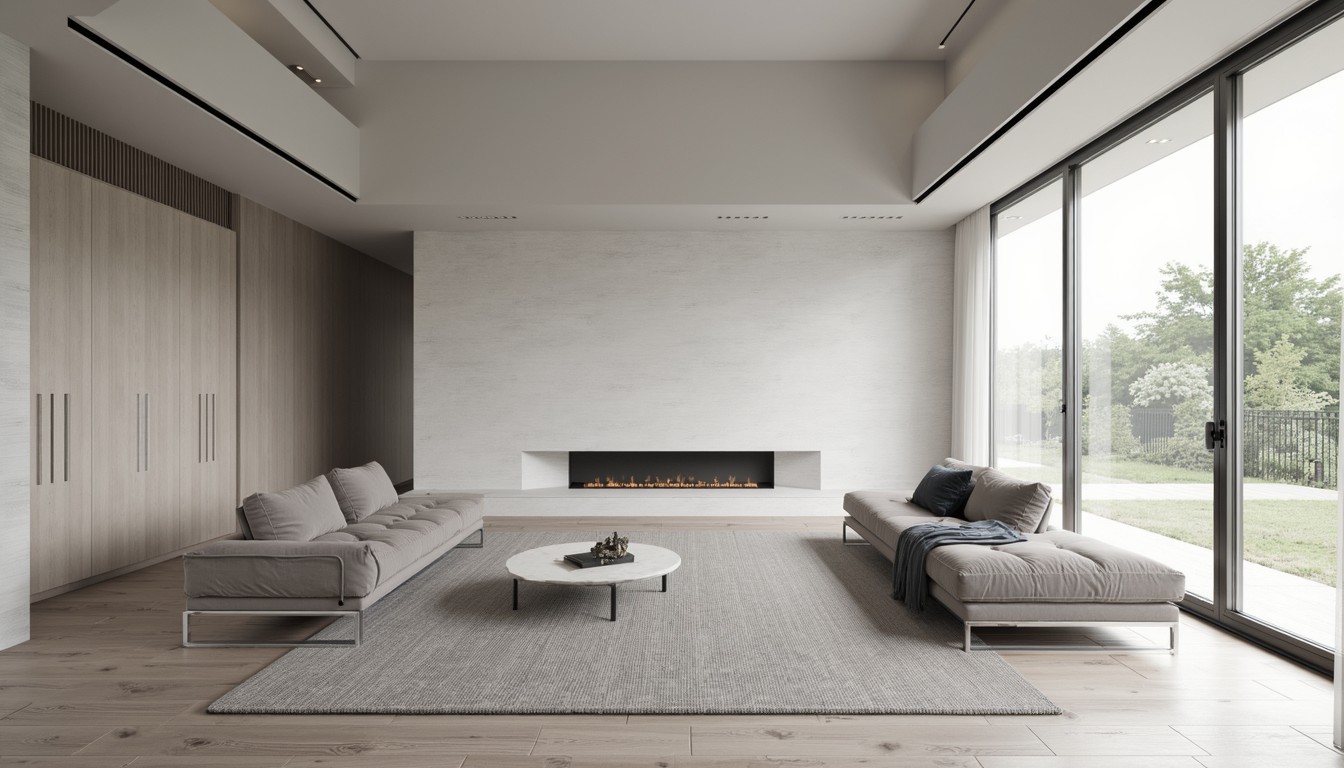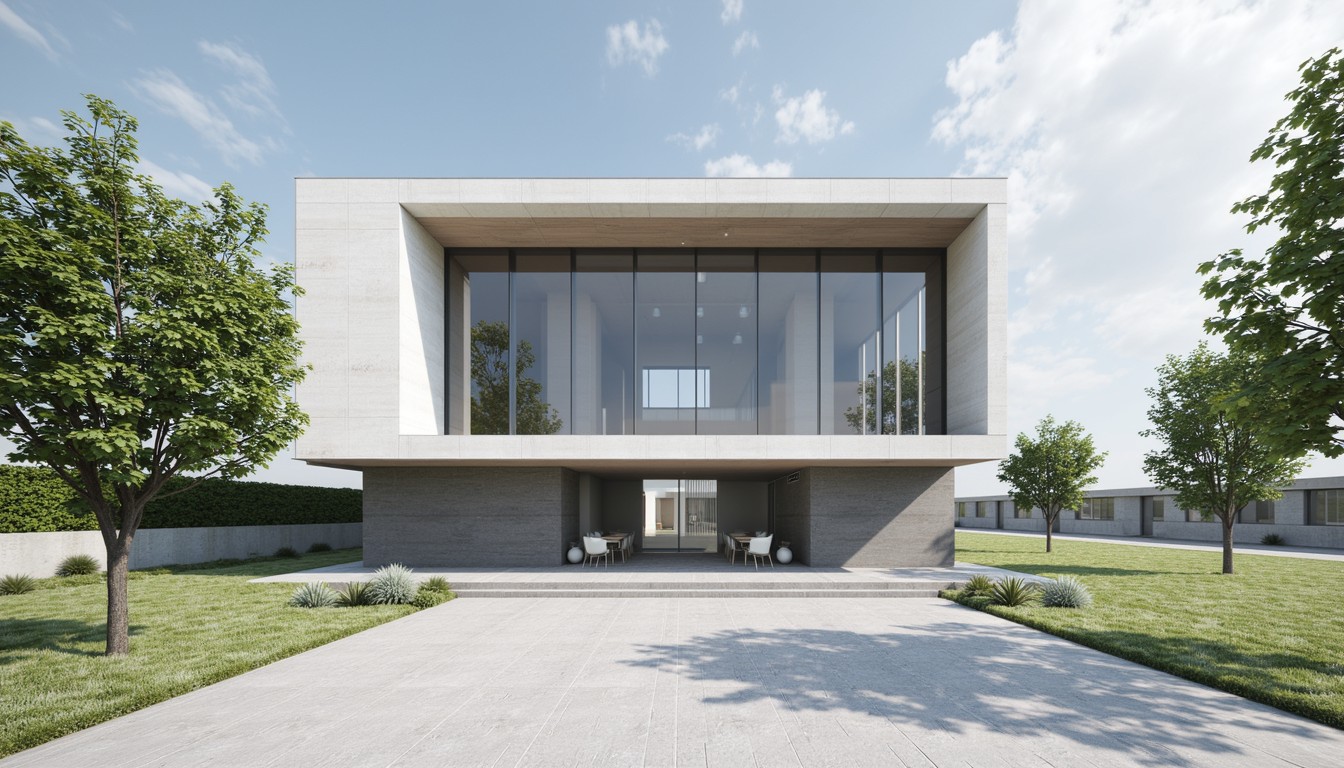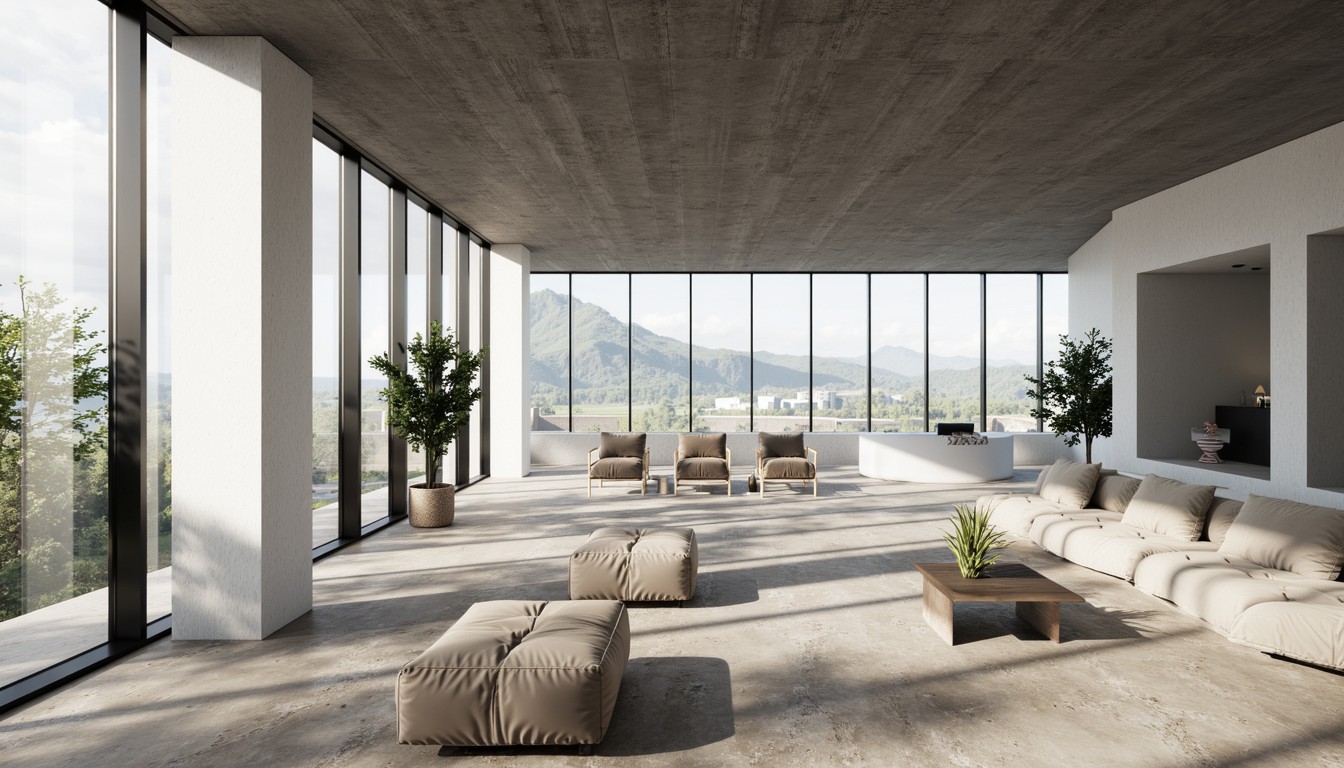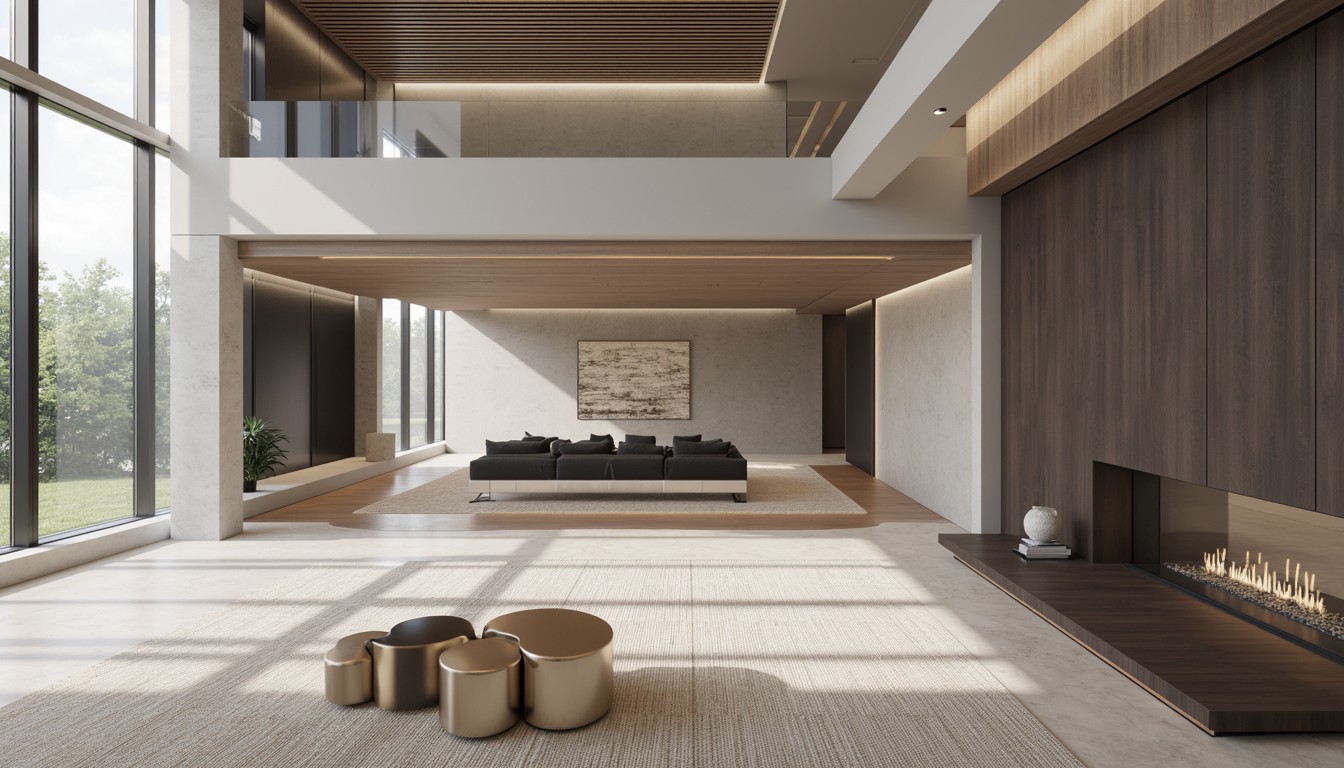VR in Architecture: Designing Tomorrow's Spaces
The architectural landscape is undergoing a digital revolution, and at the forefront is Virtual Reality (VR). No longer a futuristic fantasy, VR is a powerful tool reshaping how architects design, present, and experience their creations. ArchNav, a leader in cutting-edge architectural visualization, understands the transformative potential of VR and leverages it to deliver unparalleled design solutions.
Immersive Design Experiences: Beyond the Blueprint

Traditional architectural blueprints and 2D renderings offer limited insight into a building's spatial qualities. VR offers a radical shift, immersing architects and clients alike in a fully realized digital environment. This immersive experience allows for a deeper understanding of scale, proportion, light, and materiality, fostering a more intuitive and collaborative design process.
Imagine walking through your virtual building before a single brick is laid. You can experience the flow of space, the interplay of light and shadow, and the overall ambiance with unprecedented realism. This level of immersion facilitates early identification of design flaws, enabling architects to make informed adjustments before construction begins, saving time and resources.
Enhanced Client Collaboration and Communication
Client communication is paramount in architecture. VR bridges the gap between architect and client, fostering clearer communication and stronger collaboration. By sharing the virtual experience, architects can effectively convey their design vision and gather valuable feedback in real-time. This interactive process reduces misunderstandings and ensures the final product aligns perfectly with the client's expectations.
The ability to walk through the virtual space with the client, pointing out design features and addressing concerns directly, significantly improves the design process. This collaborative approach leads to greater client satisfaction and a more successful project overall. It's a powerful tool for managing expectations and ensuring everyone is on the same page.
Optimizing Design and Functionality Through VR

VR's power extends beyond visualization. It's a potent tool for design optimization. Architects can experiment with different layouts, materials, and lighting schemes within the virtual environment, instantly seeing the impact of each change. This iterative process allows for rapid prototyping and fine-tuning, leading to more efficient and effective designs.
Furthermore, VR can be used to simulate real-world scenarios, such as analyzing pedestrian flow in a public space or evaluating the acoustics of a concert hall. This data-driven approach allows architects to make informed decisions based on simulations rather than relying solely on assumptions. This predictive capability minimizes potential problems and maximizes the functionality of the final design.
Real-World Applications of VR in Architecture
The applications of VR in architecture are vast and constantly evolving. Here are some notable examples:
- Residential Design: Clients can experience the layout and feel of their future homes before construction, making informed decisions about design elements.
- Commercial Spaces: Architects can optimize the layout of offices, retail spaces, and restaurants to maximize efficiency and customer experience.
- Urban Planning: VR can be used to simulate urban environments, allowing planners to assess the impact of new developments on existing infrastructure and community.
- Heritage Preservation: Architects can create virtual tours of historical sites, allowing for their preservation and study without physical access.
- Interior Design: VR offers a powerful tool to visualize and experiment with interior design elements, from furniture placement to lighting schemes.
The Future of VR in Architecture

As VR technology continues to advance, its role in architecture will only become more significant. We can anticipate even more realistic and immersive experiences, improved collaboration tools, and the integration of VR with other technologies like Artificial Intelligence (AI) to further automate and optimize the design process.
ArchNav: Your Partner in VR Architectural Visualization
ArchNav is at the forefront of this exciting evolution. We utilize the latest VR technology and expertise to provide our clients with unparalleled architectural visualization services. We understand the nuances of architectural design and leverage the power of VR to transform your vision into a compelling and immersive experience. Contact us today to discuss how we can help you design tomorrow's spaces.
